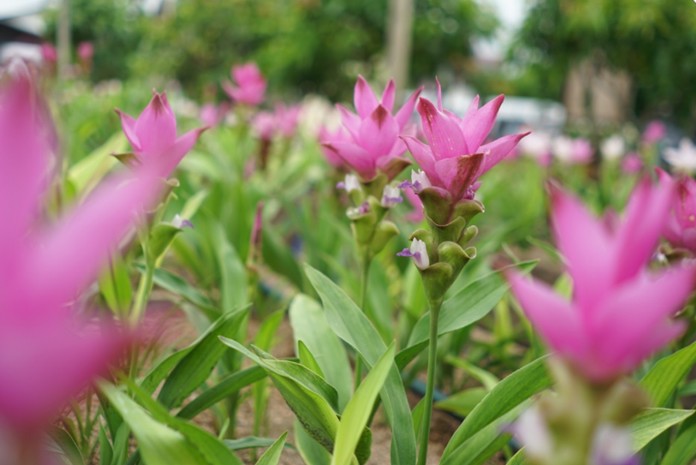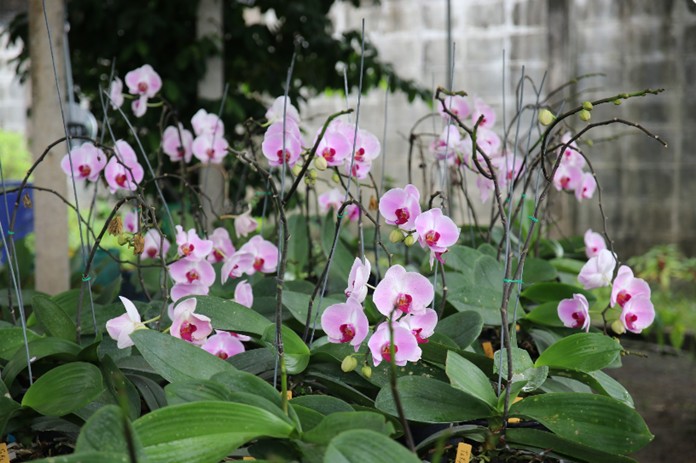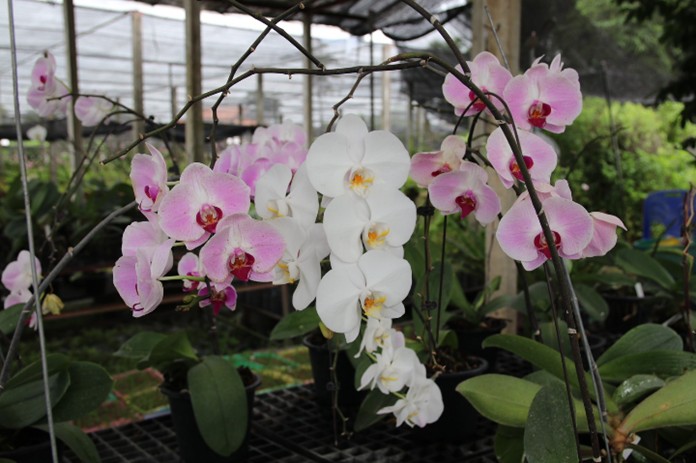
The Department of Trade Negotiations has revealed that during the first half of the year, Thai floral exports to its worldwide market dropped by 31%, however demand grew within part of the ASEAN region, thanks to plant trait development.
Department Director-General Oramon Sapthaweetham announced that in the first half of the year or from January to June, Thai flower exports contracted 31% to 46.8 million USD compared to the same period last year. The contraction was largely due to the pandemic which forced events such as seminars, weddings and other social gatherings which mostly require flowers for decoration to halt their plans.

According to the latest statistics from the department, demand from major buyers such as the United States shrank 46% reducing export value to 8.71 million USD, followed by Japan which contracted 17% to 8.38 million USD.
Exports to the European Union, were valued during the period at 5.67 million USD a reduction of 40%, while South Korea also decreased 31% to 3.36 million USD.
However, despite the contraction, demand has surprisingly, been rising within the region as exports to Lao PDR grew by 16% to 0.59 million USD and to Myanmar by 46% or 0.49 million USD. The department believes that the increases are a result of the countries’ religious ceremonies or rituals that despite COVID-19 concerns, still go on and flowers are a vital part of the event. Among popular Thai floral products sent to these two countries were orchids and other plants such as moss and lichen. It’s ability to export despite hard times and especially to neighboring countries, can be attributed to the kingdom’s continuous work in developing its plants and floral varieties, beautifying the species as well as strengthening their endurance, which allows them to grow in popularity.
Throughout 2019, the kingdom was able to export flowers and floral products worth 132.7 million USD, with the United States as Thailand’s biggest buyer, making up 22% of exports in this sector, followed by Japan at 16%, ASEAN region at 15% with Vietnam the biggest buyer in the group, then the European Union at 14% with the Netherlands as the biggest purchaser in that group, with South Korea at 6%.(NNT)

 |
 |
 |





